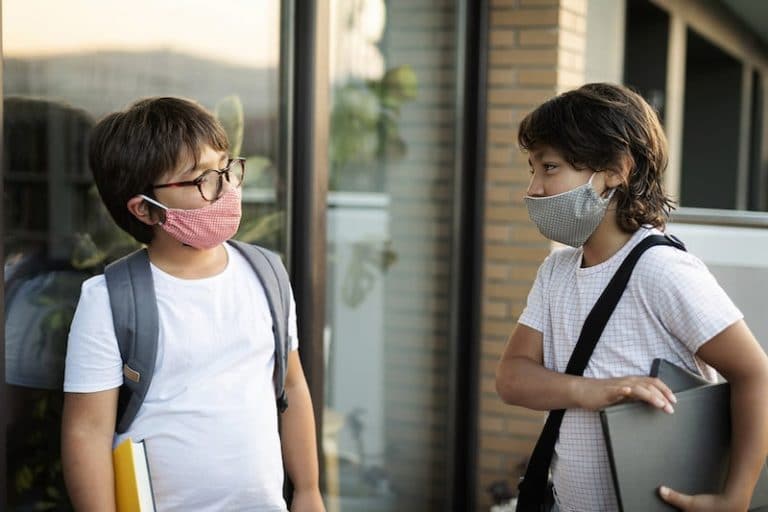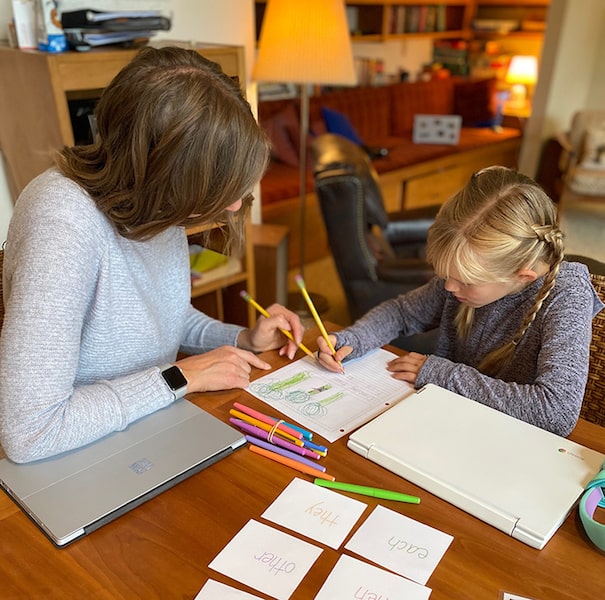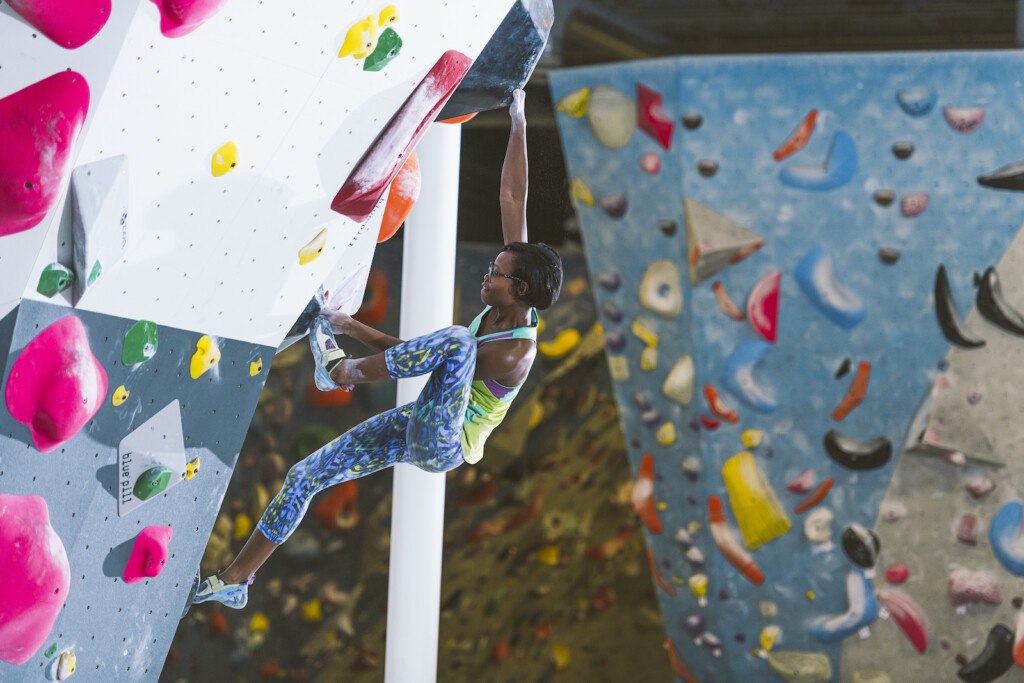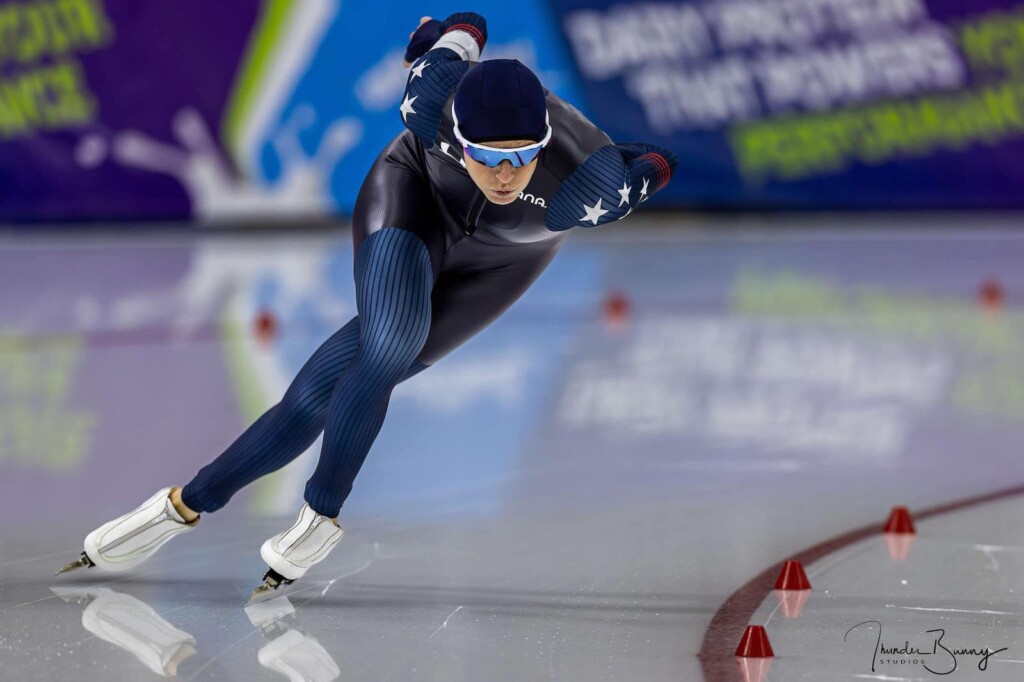
Coronavirus, Corona, COVID-19, The Rona, The Wuhan Virus. It doesn’t matter what you call it, it’s here, and it looks like it is here to stay. The Coronavirus, commonly known as COVID-19, has changed the way education looks in Utah and across the country. COVID-19 plans for academic institutes have left many parents scrambling for options for their child’s education.
Many parents don’t want to homeschool their children and are happy to send them off to school with a new mask, hoping they won’t swap it with little Johnny. Other parents are choosing online education or traditional homeschooling as their options. This new normal leaves parents, students, and teachers across the state with an endless list of questions. What does all this mean in the short and long term? Are children at a higher risk of getting sick if they go to school? Are teachers at a higher risk?
Utah has just over 635,000 K-12th grade students and a looming teacher shortage with 79 teachers refusing to return to work in the Salt Lake City School District. Face-to-face teaching may be a thing of the past with online classes and hybrid learning using Zoom or WebEx on the rise.
Overall, teachers in Utah are older and may have elderly parents or at-risk people at home. Courtney Tanner stated in a recent Salt Lake Tribune article that “Even though kids are less likely than adults to get seriously sick from the coronavirus, kids can still spread it. And teachers are generally more at risk for complications from the disease because of age or health conditions.”
Cleaning classrooms is a major concern with several school districts hiring more janitorial staff. In an era when you can’t easily purchase Clorox antibacterial wipes, and with more hand sanitizers being added to the FDA recall list, it is becoming more and more difficult to create a safe and healthy place for learning.
Mrs. Foster, a teacher at Vanguard Academy charter school in Salt Lake City, said the school “had to make adaptations to cleaning since they were unable to purchase antibacterial wipes. So now the teacher sprays the desk with a comparable product, and the students wipe it off at the end of each class period. It works but it isn’t perfect.”

Many middle-grade or high-school students are happy to stay at home and take classes online, and they are old enough to stay home alone while their parents are working. However, not all younger children have this luxury. Many parents have opted for online classes that are teacher-supported, only to find out they are met with a multitude of technical challenges such as math equations they have no idea how to do, or how to teach their child what a dangling participle is, all while working from home themselves. What are they to do?
“This homeschool thing sucks,” said Nicole Othon, a single parent from Granite School District. “I work online from home but my son still needs help. Support from the school district just isn’t there. What are parents like me supposed to do? I want the best for my son.”
Ann Larson, a mother of 5, 10, and 13-year-olds, explains a two-fold reason for wearing masks. “Not only will it help reduce the spread of COVID-19, I believe it may also help reduce stress and anxiety for staff and family members, which will likely result in a better atmosphere and learning environment. However, If a child’s mask slips, or is temporarily forgotten, I don’t think a militant response is necessary. Hopefully, a few gentle reminders will do the trick.”
Niko Anderson, a third grade student also from the Granite School District said, “I hate it! I have to be online. My mom is busy working and I miss my friends.”
Mikayla Hamm, a middle-school student from Salt Lake School District, said, “I don’t like wearing the mask. It smears my makeup. I don’t think it works anyway because air moves around.”
Teachers aren’t feeling supported either. When asked about returning to school, there were a few that weren’t worried at all. However, many teachers responded with some level of concern, like how to keep masks on children all day long.
Brittney Stonehocker, a 5th grade teacher in the Granite District, explained why she is pro-mask. “Masks need to be worn at all times. Granted, it is very hard to keep a mask on for 8 hours a day, but with so many kids in a classroom that are coughing or may not be feeling well, it is helpful to have masks on to prevent anything from spreading. This also helps me relieve some of my panic in the possibility of getting COVID-19, because without a mask, sickness spreads fast!”
Elaborating on whether we should push for a quick return to normalcy or take it slow, Stonehocker stated, “I’m not afraid it’s too soon if getting back to normal is done slowly and methodically. If we keep class sizes small and are able to keep that distance from each other with our masks on, and wash our hands as much as possible, we should be okay.”
Mrs. Workman, a former teacher from Salt Lake County who retired early due to COVID-19 observes that, “As far as cleanliness goes, some homes are spotless and you wouldn’t mind eating off the floor. Well, for every spotless house, many others aren’t. So, when you think about whether these homes aren’t cleaned regularly, do you want to have the student from that germy home in your classroom? It sounds bad, yet there is some truth to it.”
<
This is why the rule about not bringing homemade treats has been a standing order for well over a decade. You can’t have treats made and passed out to students from everyone’s kitchens because many wouldn’t pass health department specifications. Even though it may hurt someone’s feelings, it’s for everyone’s safety. Add a virus to the mix, and suddenly, lives are at stake.
Larson feels her district is ready, “If precautions are taken (required hand sanitation throughout the day, desks are spaced apart, etc.). My school district seems to be doing a good job of these things. Is everyone going to be perfect at obeying the rules? No, but I think an awareness of the rules and sincere attempts to adhere to them will go a long way. Unless parents are equipped to home-school their kids (with adequate time and resources), I fear that the level of learning is going to suffer. From my own experience, it was extremely challenging to homeschool three children who are all at very different levels. I was taking the place of eight junior high teachers (eight classes per day) and two full-time grade school teachers. My time and my sanity both ran out quickly! Plus, children (mine, anyway) often seem to learn better from experienced outside sources who are trained to do what they do. I think if everyone acts calmly and responsibly, and if families make the education choices that they are most comfortable with, we can get our children the education they need without causing a significant spike in COVID-19 cases. That’s my hope, anyway.”
Do children have a higher risk of contracting or carrying COVID-19? According to the University of Utah Health Department in conjunction with the Center for Disease Control (CDC), “Based on available evidence, children do not appear to be at higher risk for COVID-19 than adults. While some children and infants have been sick with COVID-19, adults make up most of the known cases to date.” Based on CDC statistics, far more children will die from the flu this year than from COVID-19.
The CDC reminds us that we should be washing our hands often, avoiding people who are sick, cleaning and disinfecting high-touch surfaces daily in households and classrooms, as well as washing our clothes, plush toys, and blankets regularly.
The Canyons School District Responsive Services Director, B. J. Weller, reminds us all what Smokey Bear taught about preventing forest fires. “The same imperative applies to COVID-19. It may sound cliché, but only we can prevent coronavirus. We all have a role and it’s up to us, each one of us, to do our part.”
With additional reporting from David E. Jensen and Richard Markosian
RELATED STORIES:
Holding Our Breath: Can we stay safe with kids in school?





